Advancements in Safety Features
Safety remains a paramount concern within the Rigid Inflatable Boat Market. Recent advancements in safety technology, including improved buoyancy systems and enhanced navigation aids, are likely to attract a broader customer base. The integration of features such as automatic bilge pumps and advanced communication systems enhances the overall safety profile of these vessels. As regulatory bodies continue to emphasize safety standards, manufacturers may find opportunities to differentiate their products through superior safety features. This focus on safety could potentially drive growth in the Rigid Inflatable Boat Market, as consumers increasingly prioritize secure boating experiences.
Growth in Commercial Applications
The Rigid Inflatable Boat Market is witnessing a significant expansion in commercial applications. Industries such as tourism, search and rescue, and military operations are increasingly adopting rigid inflatable boats due to their robustness and versatility. For instance, the tourism sector utilizes these boats for excursions and water-based activities, while military organizations rely on them for rapid deployment and transport. Market analysis suggests that the commercial segment could account for a substantial share of the overall market, with projections indicating a growth rate of around 6.5% in the coming years. This trend underscores the adaptability of rigid inflatable boats across various sectors.
Environmental Regulations and Sustainability
The Rigid Inflatable Boat Market is increasingly influenced by environmental regulations and sustainability initiatives. As governments worldwide implement stricter emissions standards and promote eco-friendly practices, manufacturers are compelled to innovate. The development of environmentally friendly materials and fuel-efficient engines is becoming a focal point for companies aiming to comply with these regulations. This shift not only aligns with consumer preferences for sustainable products but also positions manufacturers favorably in a competitive market. The emphasis on sustainability could potentially enhance the reputation of the Rigid Inflatable Boat Market, attracting environmentally conscious consumers.
Increasing Demand for Recreational Activities
The Rigid Inflatable Boat Market is experiencing a notable surge in demand for recreational boating activities. As leisure pursuits gain popularity, particularly among affluent demographics, the need for versatile and durable watercraft becomes apparent. Rigid inflatable boats, known for their stability and performance, are increasingly favored for activities such as fishing, water sports, and family outings. Market data indicates that the recreational boating segment is projected to grow at a compound annual growth rate of approximately 5.2% over the next five years. This trend suggests that manufacturers in the Rigid Inflatable Boat Market may need to innovate and expand their offerings to cater to diverse consumer preferences.
Technological Innovations in Design and Performance
Technological innovations are reshaping the Rigid Inflatable Boat Market, enhancing both design and performance. Advances in materials science have led to the development of lighter and more durable composites, improving fuel efficiency and handling. Additionally, the integration of smart technologies, such as GPS and automated systems, is revolutionizing user experience. These innovations not only appeal to tech-savvy consumers but also improve operational efficiency for commercial users. As the market evolves, companies that prioritize research and development in these areas may gain a competitive edge, positioning themselves favorably within the Rigid Inflatable Boat Market.


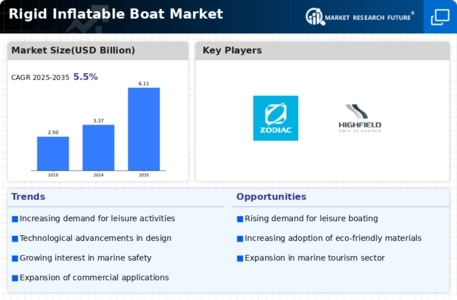
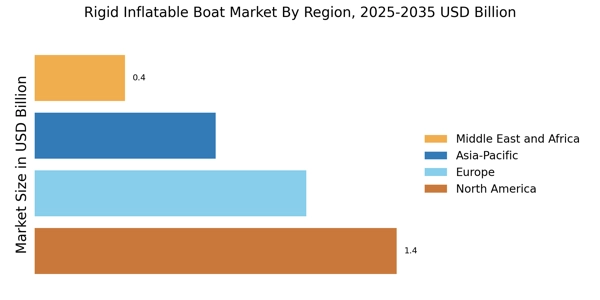

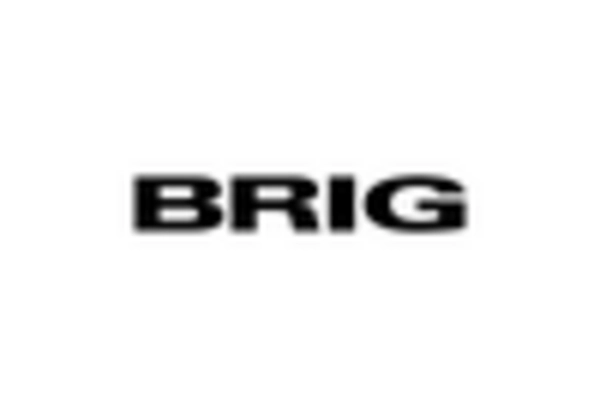
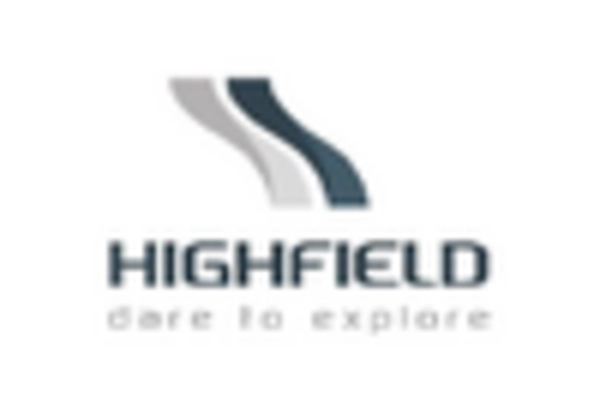
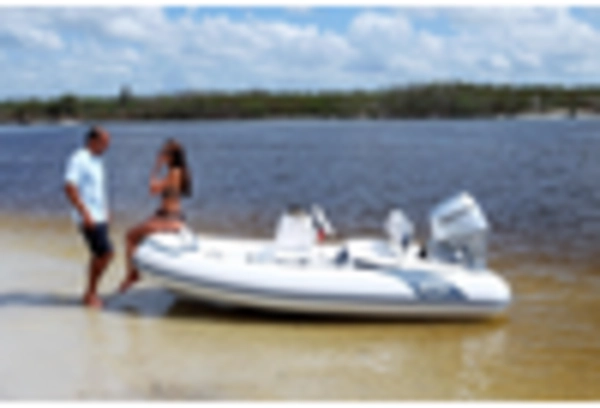









Leave a Comment